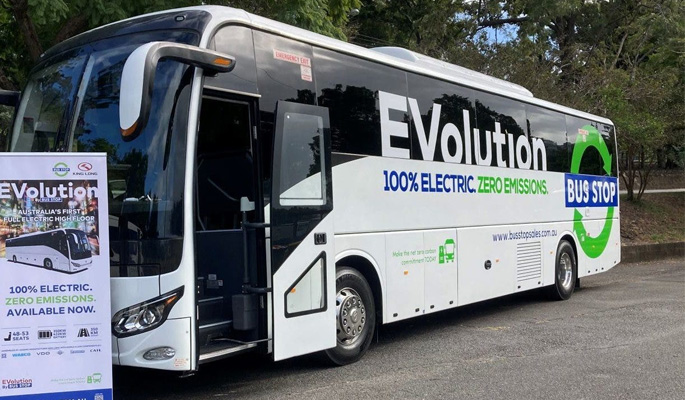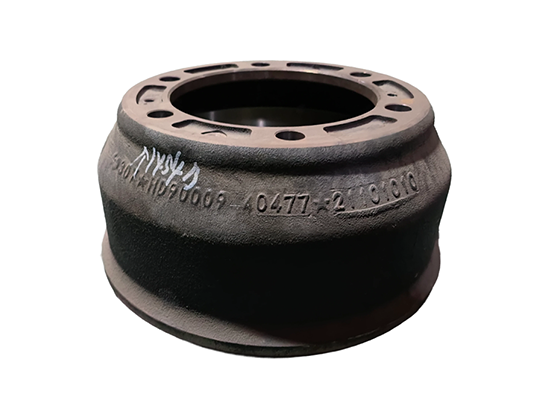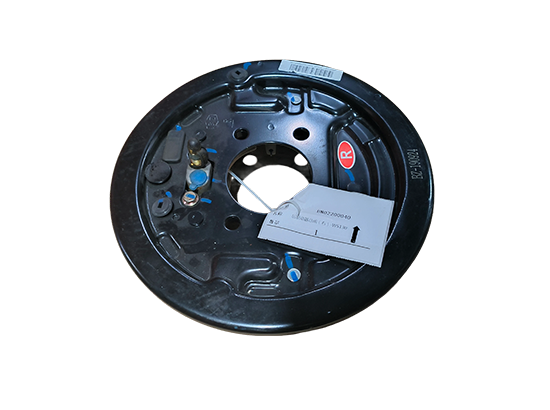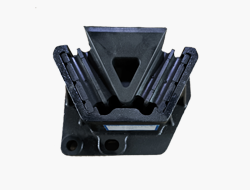Getting On The Electric Bus In Australia
Australia is finally getting on the electric bus. Martin Hall, general manager at Bus Stop Sales, is astounded at the number of electric buses coming into Australia at the moment. “We are playing catchup,” he says. “It’s like Australia has just woken up to electric buses.” Martin and I were both exhibiting at the Solar Citizens EV expo last month.
Bus Stop’s been going for over 40 years, both building bodies and also importing diesel buses. Business is moving rapidly towards electric drive. Bus Stop is importing the Joylong electric mini bus and the Kinglong EVolution 12m high-floor bus from China, as well continuing its low-floor electric bus building activities in Melbourne.
The Joylong electric bus can seat 14 people, a little less when fitted with wheelchair lift. Bus Stop has been importing the Joylong for the past 12 months. Each month, a shipment of 10 buses (mixed propulsion) arrives, and they have no trouble selling them. The cost of $90,000 for the EV plus the costs to get it on the road comes to a comparable cost as a Toyota Hiace mini bus, and when you take into account the low cost of fueling and maintenance, purchase is a no-brainer.

After being in public transport for 14 years, Martin is seeing the results of electric vehicles “leaking into people’s thinking and creating an awakening.” I asked what sort of questions he was fielding. “Same ones as when people ask about my Tesla,” he replied, “except cost does not seem to be the main concern.”
The head of a school board might ask: How far does it go on a charge? The Kinglong will go up to 400 km and the Joylong 300+ km without accounting for regeneration “They get a bit more with regen.” The bus comes with its own mobile charging solutions — starting with a 3 phase, 800 volt, 20A AC charger for the Joylong.
Strangely, querying the cost of the bus is lower down the list of questions than I would have expected. The Kinglong costs $600,000, 40% more than its diesel equivalent. But the buyer must also take lower running costs, maintenance, and landfill footprint into account. The lack of belt drives for the motor and the air conditioning, no oil to dump, fewer filters, and reduced wear on the brakes help to reduce the amount of material going to the tip every 3 months.
Australia almost missed the bus, but it looks like we are getting on the electric bus at last.
Bus Stop’s been going for over 40 years, both building bodies and also importing diesel buses. Business is moving rapidly towards electric drive. Bus Stop is importing the Joylong electric mini bus and the Kinglong EVolution 12m high-floor bus from China, as well continuing its low-floor electric bus building activities in Melbourne.
The Joylong electric bus can seat 14 people, a little less when fitted with wheelchair lift. Bus Stop has been importing the Joylong for the past 12 months. Each month, a shipment of 10 buses (mixed propulsion) arrives, and they have no trouble selling them. The cost of $90,000 for the EV plus the costs to get it on the road comes to a comparable cost as a Toyota Hiace mini bus, and when you take into account the low cost of fueling and maintenance, purchase is a no-brainer.

After being in public transport for 14 years, Martin is seeing the results of electric vehicles “leaking into people’s thinking and creating an awakening.” I asked what sort of questions he was fielding. “Same ones as when people ask about my Tesla,” he replied, “except cost does not seem to be the main concern.”
The head of a school board might ask: How far does it go on a charge? The Kinglong will go up to 400 km and the Joylong 300+ km without accounting for regeneration “They get a bit more with regen.” The bus comes with its own mobile charging solutions — starting with a 3 phase, 800 volt, 20A AC charger for the Joylong.
Strangely, querying the cost of the bus is lower down the list of questions than I would have expected. The Kinglong costs $600,000, 40% more than its diesel equivalent. But the buyer must also take lower running costs, maintenance, and landfill footprint into account. The lack of belt drives for the motor and the air conditioning, no oil to dump, fewer filters, and reduced wear on the brakes help to reduce the amount of material going to the tip every 3 months.
Australia almost missed the bus, but it looks like we are getting on the electric bus at last.
Related Products
Related News
-
.png) Golden Dragon Buses Drive Indonesia’s Transition to Electric Public Transport2024-11-10
Golden Dragon Buses Drive Indonesia’s Transition to Electric Public Transport2024-11-10 -
 16 Golden Dragon Bus Delivered To Shunyuan Motor Transport Again2024-01-30
16 Golden Dragon Bus Delivered To Shunyuan Motor Transport Again2024-01-30 -
 Foton Bus Completed The High-altitude Test Project2023-03-03
Foton Bus Completed The High-altitude Test Project2023-03-03 -
 Zhongtong Bus to boost Pakistan’s green, intelligent transportation2022-02-19
Zhongtong Bus to boost Pakistan’s green, intelligent transportation2022-02-19






